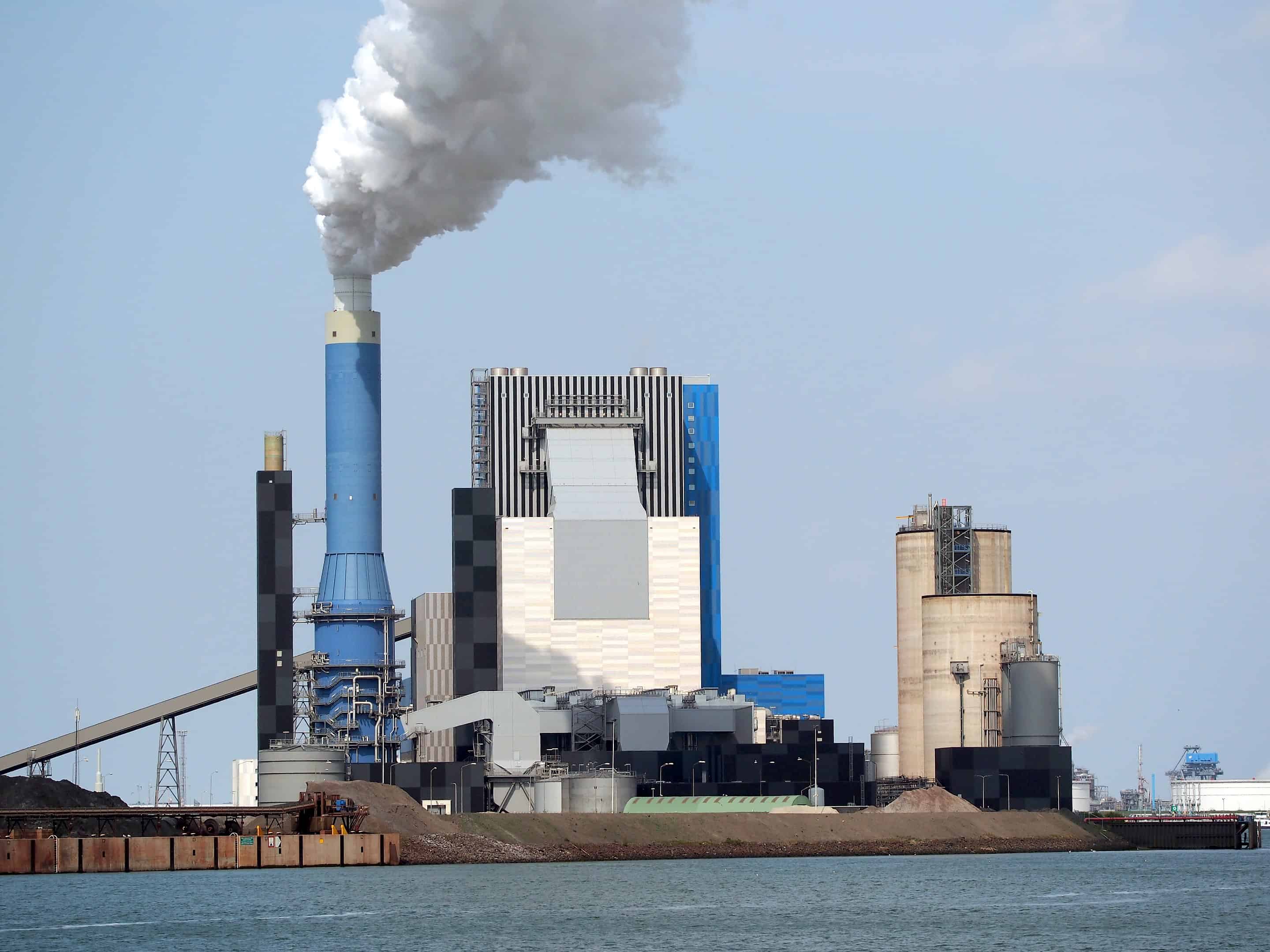
As a new report calls for phasing out coal plants by 2040 to avoid climate chaos, various innovative solutions emerge for repurposing these facilities. One example is the Drax power plant in the UK, which plans to cease coal burning by 2023 and convert to natural gas and biomass. Other ideas include converting coal plants into advanced nuclear reactors, as TerraPower and PacifiCorp explore in the US, or transforming them into gas-fired plants that could eventually co-fire hydrogen. Siemens Energy’s Brownfield Transformation offers an approach to converting coal or oil-fired plants to gas-fired, reducing CO₂ emissions by up to 70%. Many of these solutions are intermediate steps which still do not provide full fossil free electricity. Can we accelerate the transition?
Challenges and benefits of coal-to-nuclear conversion
One ambitious approach to repurpose coal plants is to convert them into nuclear power plants. TerraPower and PacifiCorp are studying the possibility of converting up to five coal plants in the United States into advanced nuclear reactors. The companies have agreed to build a 345-megawatt Natrium nuclear reactor at a retiring coal plant site in Wyoming. This new transition strategy aims to balance climate goals and consumer preferences in multiple states. However, risks include the unapproved reactor design and the projected $4 billion cost.

Converting coal plants into nuclear energy enterprises has gained popularity, with benefits such as decreased costs, existing infrastructure, and job opportunities. Nuclear power also provides dispatchable power, which is essential for grid stability. Despite these advantages, concerns about nuclear waste and safety issues persist, which might prohibit coal plants close to urban areas from being converted.
The limitations of biomass and gas-fired conversions
Another alternative is converting coal plants to biomass, but this option presents its own set of challenges. Biomass production can be harmful to the environment, and only biomass waste from sources like food production should be considered clean. For instance, Copenhagen’s coal plant is converting to 100% biomass, while the UK’s Drax power plant has invested £700m in converting to biomass. However, the availability of sustainable biomass is limited, and it may not be feasible to keep all coal plants operational using this resource.
Converting coal plants into gas-fired plants is another possibility. Siemens Energy’s Brownfield Transformation offers a method for converting coal or oil-fired plants to gas-fired, reducing CO₂ emissions by up to 70%. However, gas prices have surged following the Russian invasion of Ukraine, making this option less attractive in the current geopolitical climate. Additionally, gas-fired plants, while cleaner than coal, still contribute to greenhouse gas emissions.
Government policy and support for coal plant repurposing
Government policy plays a crucial role in facilitating the transition from coal to alternative energy sources. As many governments have a policy to end coal-powered electricity production, some provide incentives for the transition. In the end, coal-fired power plants may become illegal, forcing operators to seek alternative uses for these sites.
However, governments should also ensure a smooth transition while addressing potential concerns of local communities and stakeholders. Public-private partnerships and financial incentives can help accelerate the development and implementation of innovative solutions for repurposing coal plants. For instance, the Department of Energy in the United States awarded TerraPower nearly $2 billion for its first reactor and raised $750 million in an equity fundraiser.
Future prospects for coal plant sites
As the world aims to phase out coal plants, innovative solutions are emerging for repurposing these facilities. While converting to nuclear power, gas-fired plants, or biomass may provide intermediate steps towards a cleaner energy future, the feasibility and environmental impact of these options should be carefully evaluated. Governments play a key role in supporting the transition from coal to alternative energy sources, investing in research, and providing incentives for innovative solutions. The ultimate goal is to find sustainable, fossil-free alternatives for these sites, ensuring a greener and more secure energy future for all.

